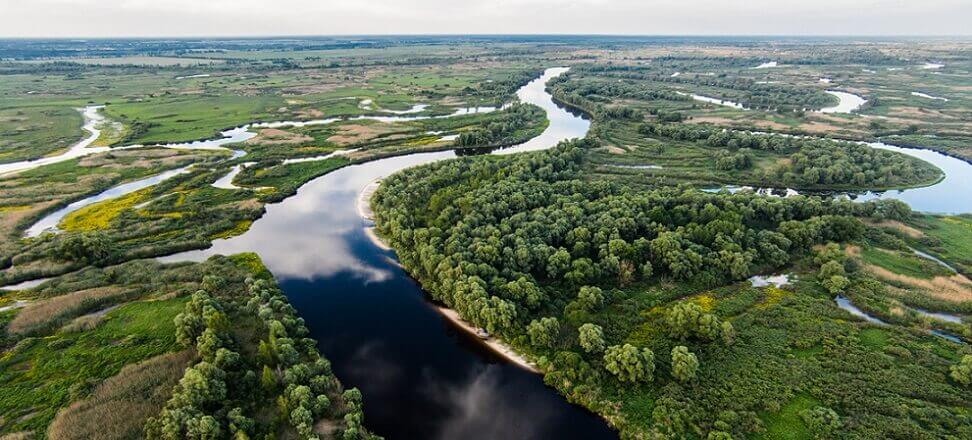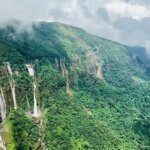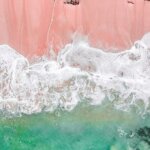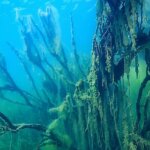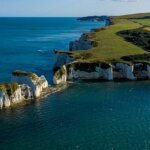Europe’s largest wetland, Polesie, is a vast area that is famous for its wetlands. They extend over an area of about 130,000 square kilometers, covering mainly Belarus, Ukraine and partly Poland and Russia. It is an extremely picturesque region with a diverse landscape that includes forests, marshes, meadows and rivers. However, it is not only a unique natural place, but also an area with a rich history and culture, inhabited by many nationalities with different traditions and religions.
The origins of the creation of Polesie
Most of Polesie’s wetlands were created during the last glaciation. The concave land forms have been filled with surface and underground water. Initially, these areas were purely aquatic, but over time, trees, grasses and other plants began to form “islands” of sorts. This has created a remarkable ecosystem with high biodiversity and unique habitats.
Fauna and flora of Europe’s largest wetland
These Europe’s largest wetlands are an extremely important habitat for many plant and animal species. Among them are such rarities as European beavers, otters, cranes, bald eagles, white-tailed eagles, black storks and many others. The waters of the wetlands are also home to frogs, fish, snakes and many species of insects, including butterflies and dragonflies. Among the plants there are such species as sundew, common swamp, sedge, Siberian scythe and broad-leaved orchid. These are species that require a moist and waterlogged environment, and Polesie is one of the few places in Europe where such conditions can be found.
Threats to wetlands and their protection
Polesie’s wetlands are unfortunately under threat. Many of them have been destroyed or significantly degraded as a result of human activity. The main problem is land reclamation, which is the process of draining wetlands and converting them into agricultural land. It leads to a change in hydrological conditions, which alters the species composition of plants and animals, as well as their numbers. Another threat is water pollution, which reduces habitat quality and can lead to changes in the ecosystem. Not to be forgotten is air pollution, as well as excessive logging, which reduces forest cover and affects the region’s water balance. Climate change (rising temperatures, different amount and distribution of precipitation) can also affect wetlands and cause their degradation.
In order to preserve the beauty and usefulness of Polesie, it is necessary to take measures to protect and revitalize it. In Poland, Polesie wetlands are protected in the form of Natura 2000 areas and national parks. On May 1, 1990, Polesie National Park was established, covering an area of more than 97,000 hectares. A significant part of Polesie is of international importance and UNESCO Biosphere Reserves, Ornithological Refuges and Ramsar sites have been designated here. Despite ongoing efforts in Poland and abroad, the number of projects implemented to protect wetlands is disproportionately small in relation to needs.
Polesie and the war in Ukraine
The difficult situation of the wetlands is exacerbated by the ongoing armed conflict. The invasion of Ukraine is first and foremost a humanitarian catastrophe, but the consequences of this war are also dire for the environment. Nature suffers from fires caused by shelling, and the air, water and soil are polluted. Ammunition often contains high concentrations of toxic metals such as lead, mercury and arsenic. Trucks, tanks and armored personnel carriers leave deep gouges in sensitive bogs and wetlands.
Experts predict that the environmental costs of the war will be so severe that the lasting consequences will be felt not only by Ukraine, but all of Europe.
“Russia’s invasion of Ukraine raises a number of unique and potentially profound environmental concerns not only for the people of Ukraine, but for the entire region,” – Carroll Muffet, president and CEO of the Center for International Environmental Law, said in an interview with ABC News. “This impact of war takes many forms and has many dimensions, most of which will continue long after hostilities end.”
Can we help?
Every war, including the one in Ukraine, involves suffering, losses and destruction. They affect the population, infrastructure, but also the natural environment. For the moment, aid is focused on supporting civilians as they struggle to cope with difficult daily life. But this is a here-and-now activity, and when the armed conflict ends, the focus will have to be on rebuilding the country. Already, various cleanup and reconstruction projects are being launched, as well as assistance to farmers. This is the first of many steps necessary to rebuild Ukraine and give the population a chance to return to a normal life.

 Polski
Polski